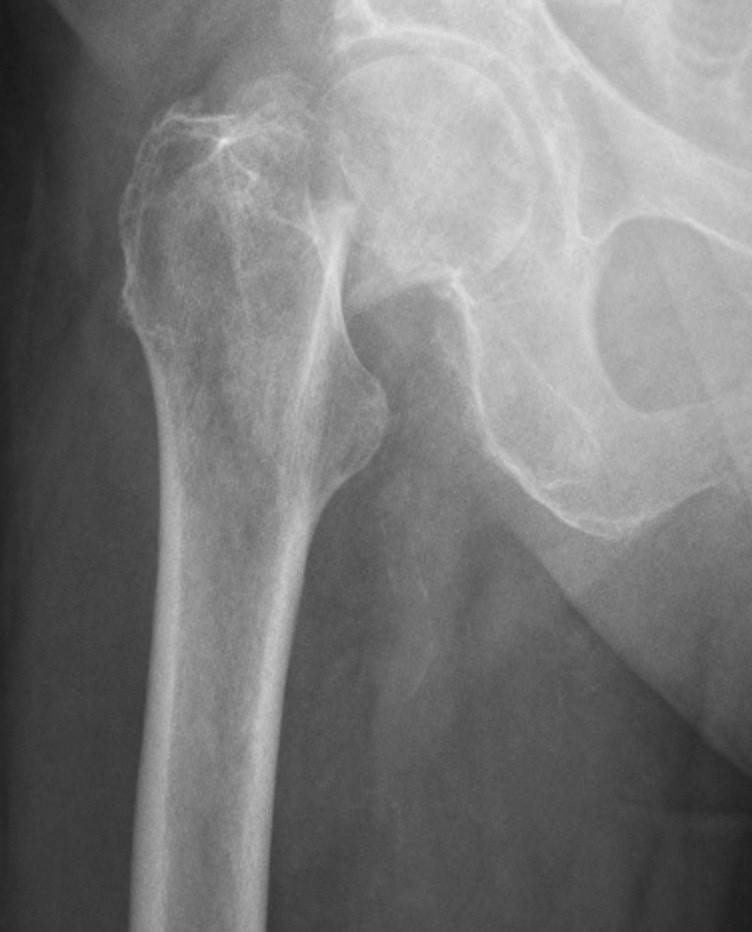

This retrospective study was conducted at Başkent University Adana Turgut Noyan Training and Research Centre between January 2013 and January 2018. Thus in this study, we aimed to detect PXR femoral neck fracture using deep learning techniques. The present study differs from others in its use of genetic algorithms (GAs) in addition to deep learning algorithm. The benefits of using deep learning techniques are early diagnosis of fractures, early initiation of treatment, shortening of postoperative recovery time, and prevention of increased costs due to misdiagnosis. The facts that computers are not affected by environmental factors, do not forget what they have learned, and possess unlimited memory capacity suggest that if Acc rates are improved, algorithms will directly influence the decision- making processes of doctors regarding their patients in the near future. The use of deep learning techniques in the field of medical image processing has increased in popularity in recent years. Although femoral neck fracture detection rates using magnetic resonance imaging (MRI), computed tomography (CT), and radionuclide methods are higher, their routine use is not cost- effective. Misdiagnosis in turn causes late treatment, extended postoperative recovery time, and increased treatment costs. It has been reported that about 2% all of hip fractures are not diagnosed by simple PXR. However, it does not provide 100% accuracy (Acc). Pelvic X ray (PXR) is the simplest, cheapest, and fastest method for the diagnosis of femoral fractures. Early diagnosis and treatment not only facilitate the protection of the joint, but also help patients to sustain their quality of life and ambulation capacity in the postoperative period. Incidence is predicted to double in the next 30 years, in parallel with the aging global population. The genetic algorithm (GA) approach was employed to optimize the hyperparameters of the CNN architecture and to minimize the error after testing the model created by the CNN architecture in the training phase.įemoral fractures are a major health issue faced by the elderly population. The training process was repeated for pixel sizes 50x50, 100x100, 200x200, and 400x400. To reduce overfitting, regularization term was added to the weights of the loss function. Learning rate was dropped by a factor of 0.5 on every five epochs.

The training process was terminated after 50 epochs and an Adam Optimizer was used. The last three layers of the architecture were a fully connected layer of two classes, a softmax layer and a classification layer that computes cross entropy loss. After the last block, a dropout layer existed with a probability of 0.5. The proposed convolutional neural network (CNN) architecture contained five blocks, each containing a convolutional layer, batch normalization layer, rectified linear unit, and maximum pooling layer. A total of 1,341 images were fractured femoral necks while 765 were non-fractured ones. A total of 234 frontal pelvic X-ray images collected from 65 patients (32 males, 33 females mean age 74.9 years range, 33 to 89 years) were augmented to 2106 images to achieve a satisfactory dataset. This retrospective study was conducted between January 2013 and January 2018.


 0 kommentar(er)
0 kommentar(er)
